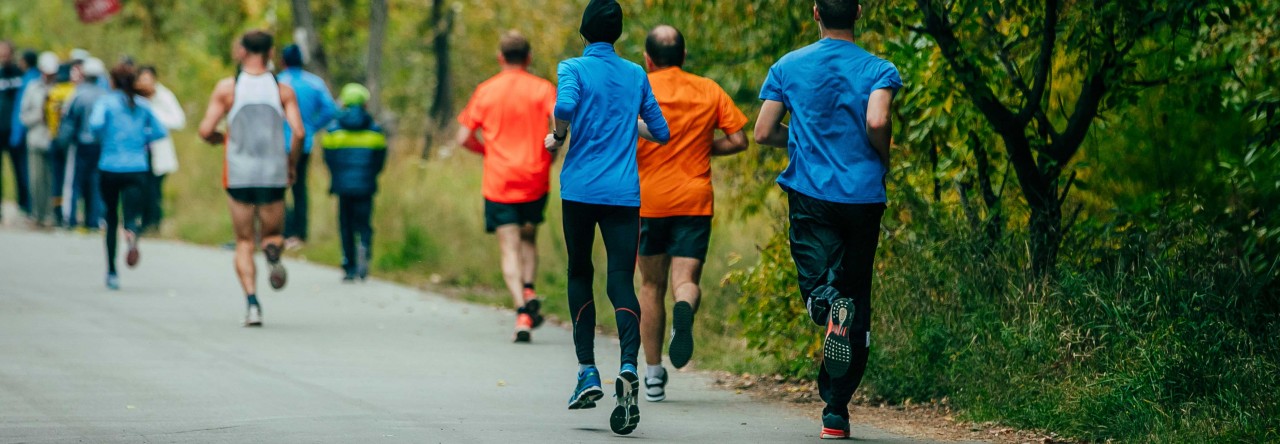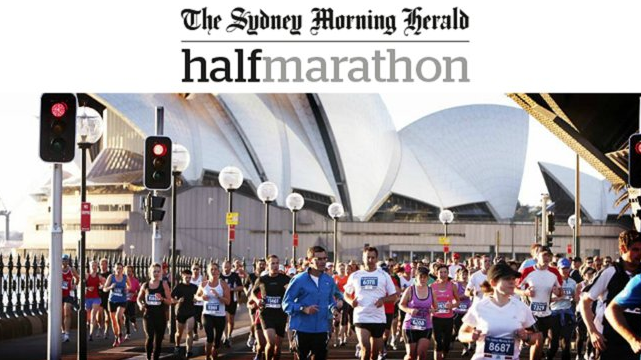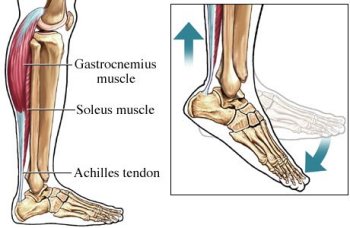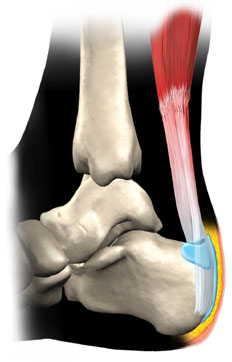It has been a while I have not written a blog post, was too busy training for a half marathon race which I did last Sunday the 15th. Was hoping to run it in sub 90 minutes but from my training I could tell I was still behind that dream. I did it in 94:58. Check it out here https://secure.tiktok.biz/results/view/sydneyhalfmarathon/2016/03415
Am happy about it, mainly because it was my first race in Pose method of running. Regarding pace, I would say “keep calm and be patient!”. Going too fast too soon ends up in trouble.
Interesting to say but during the race I had a few discoveries on a couple of things. I wrote a memory note and took my focus back to the race straight away.
The main one was the challenge with sub-conscious mind. It kept foreseeing 10km down the path and picturing me falling apart because I was trying to go slightly faster than my planned race pace. Maybe I was going faster but it was downhills and I was testing my special downhills running technique one more time during a real race. It worked really well but the feeling of high speed made my sub-conscious mind too worried. What I did was I took my focus back to the present time, checked my form and technique, managed to bring my breath-rate low to help my heart rate, and so on.
I checked my GPS watch often at the beginning of the race to adjust my feeling of my pace with my actual one. I know it pretty well when I train but would be reassuring to check it during the race. Although this helped, it made my sub-conscious mind “conscious” of the risks I was taking to gain a bit of edge during the race. What I did was stop looking at my watch from 16km mark to almost the end of the race. I went by my feeling and pushed to the extent that I felt would certainly take me 5km very fast; kind of trusting the experience I gained from all my past training and races I had done.
If you have ever had this challenge with the back of your head telling you to stop and wonder how to overcome it, here might be some helpful tips from my own experience:
Check your current pace, is it much higher than what you normally train? if yes, check your perception of the level of intensity, if it is too hard you should slow down, if you feel strong keep going by that for a little bit more then check again. Once your pace feels under control, check your techniques to make sure you are in the framework of efficient running:
- Are you sure you are NOT pushing off the ground?
- Are you landing under your hips?
- Are you shortening your stride length on downhills and uphills?
- Are your toes and knees pointing straight forward?
- Are your elbows going back and forth on a straight line along yours sides?
- Are you standing tall? Check if you are not bending too much from waist and/or knees. Are your shoulders away from your neck and your neck tall too?
All the above points are about efficiency and saving energy at running. Just because you are running according to the planned pace it does not mean you are doing it efficiently. You have to check your technique and stay in the framework of efficient running, or your current technique will catch you down the track.
Your sub-conscience mind always fears the worst and we all know fear is in our head, not outside.
Next time you do your running workout add a meditation practice into the workout. If you want some ideas have a look at this post of mine: Running, Meditation and Daydreaming and good luck.




